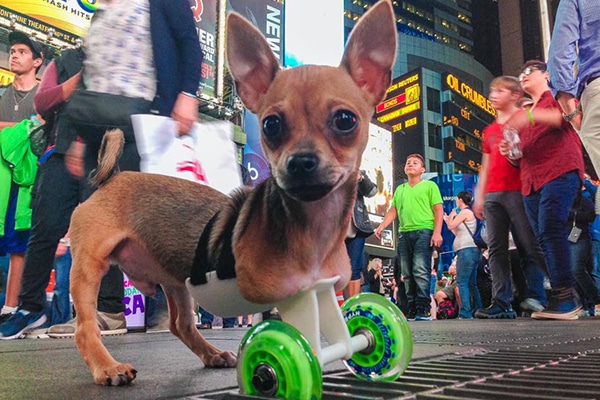There has been a lot of talk about the possibilities of 3D printing. While the future of 3D printing is still uncertain, this technology is already doing wonders. Here are some of the latest innovations that are helping animals all over the globe.
Tieta was rescued from an animal fair in Rio de Janeiro. Photo Credit: BBC.com
A 3D Printed Beak
After losing the upper portion of her beak, Tieta the Toucan was rescued from a wildlife fair, where she was most likely neglected. With the top of her beak missing, she had to learn how to use the bottom portion to throw food up in the air and try to catch it. Tieta only succeeded in this once in every three tries. However, this summer, Tieta was fitted for a prosthetic beak that now allows her to eat normally and access the glands that keep her feathers properly preened.
AKUT3, the Loggerhead Sea Turtle’s new bionic 3D-printed jaw. Photo Credit: NBCNews.com
A 3D Printed Jaw
After a collision with a boat propeller, Akut-3 the Loggerhead Sea Turtle lost 60% of his lower jaw. A team of specialists carefully constructed a medical-grade titanium 3D printed jaw piece, which was installed during a grueling surgery. Now, Akut-3 is well on his way to recovery and his rescuers hope to release him back into the wild.
TurboRoo in his 3D printed mobility cart. Photo Credit: Facebook.com/Turbo.Roo
Outside of prosthetics, there are many other 3D printed innovations that are lending animals a helping hand. Teams all over the globe are working together as part of the Wildlife Conservation Unmanned Aerial Vehicle Challenge to build drones that will track poaching activities. Ultimately, the initiative’s goal is build a drone that will be cost-effective and can make a positive change for animals that are being hunted illegally.
Samples of human tissue being printed by Organovo’s Novogen MMX Bioprinter. Photo Credit: Organovo
Bioprinting is an innovation that could spare the lives of lab animals everyhwere. For many years, L’Oreal has been working with artificially manufactured skin samples, each of which takes a week to create. Thanks to bioprinting, the process can be both quicker and more effective. The skin samples will also be three dimensional, allowing for superior experimentation. While L’Oreal only tests on animals when local authorities demand it, the team developing this bioprinter hopes that animal testing will be significantly decreased because of this technology. Maybe someday, animal testing will be altogether unnecessary.
Do you have ideas about how to use 3D printing to help animals? Contact us or tweet your ideas to @StratoStar4u!








